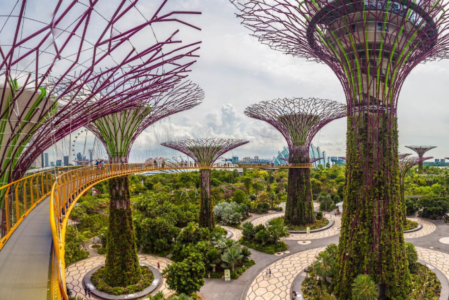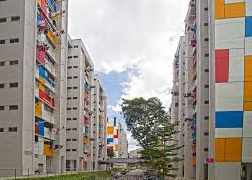New research highlights the alarming loss of biodiversity over two centuries
SINGAPORE: A recent study has found that approximately 37% of Singapore’s plant and animal species have gone extinct in the last 200 years, primarily due to deforestation. This research sheds light on the country’s long-term biodiversity loss, revealing significant challenges for conservation efforts.
“Singapore has lost most of its tropical primary forest since 1819 but has maintained an exceptionally detailed biodiversity record,” the study states. Accurate assessments of tropical extinction rates are critical for understanding human impact and planning conservation strategies effectively, the researchers argue.
Published in the Proceedings of the National Academy of Sciences (PNAS) earlier this month, the study, titled Two centuries of biodiversity discovery and loss in Singapore, was led by Ryan A. Chisholm, a theoretical ecologist from the National University of Singapore. Together with co-authors Nadiah P. Kristensen and Frank E. Rheindt, the team compiled a comprehensive biodiversity database spanning from 1796 to the present, containing over 50,000 records, 3,000 species, and 10 major taxonomic groups.
While the 37% extinction rate is substantial, it is significantly lower than the 73% reported in a 2003 study. “The number we came up with is quite significant, but it’s about half that of a previous estimate,” commented Assoc Prof Chisholm. The study employed statistical methods that factored in “dark extinctions”—species that likely disappeared before being discovered.
The study also forecasts that by 2100, Southeast Asia could resemble a “tropical Europe,” retaining about 80% of its original species in human-altered landscapes. However, the loss is uneven: larger species such as tigers and leopards have suffered disproportionately, with around 60% of Singapore’s large mammals now extinct. Similarly, approximately 90% of bird species, half of butterfly species, and 40% of bee species are no longer found in Singapore.
Before human settlement, Singapore’s landscape was predominantly rainforests, interspersed with mangrove forests and swamps. Today, extensive deforestation has devastated these ecosystems, leading to significant habitat loss for native flora and fauna.
If deforestation persists at its current pace, researchers warn that an additional 8% of species currently alive in the region could vanish by 2100.








